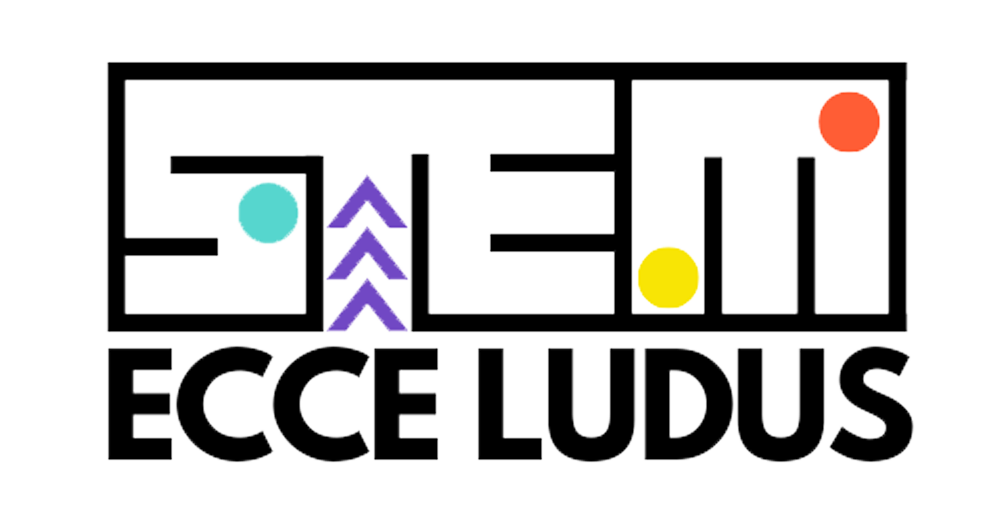Module 2 includes a deep dive into how game-based learning (GBL)—especially using educational escape rooms—can enhance the teaching and learning of STEAM subjects (Science, Technology, Engineering, Arts, and Mathematics).
What Module 2 covers:
The module explores the concepts of edutainment and GBL, highlighting their benefits such as increased motivation, creativity, teamwork, and critical thinking. It emphasises how learning through play allows students to experiment, problem-solve, and apply knowledge in meaningful ways.
A core focus of Module 2 is the escape room methodology. Participants learn how to design both physical and digital escape rooms, as well as other formats like escape boxes and card-based puzzles. These interactive experiences immerse students in themed scenarios where they solve puzzles to “escape” within a time limit.
Module 2 outlines the key components of an educational escape room:
- Theme and storyline
- Puzzles and challenges (both mental and physical)
- Teamwork and collaboration
- Game phases: introduction, gameplay, debriefing, and call to action
Different structural paths (linear, open, multilinear) are also introduced to help educators tailor experiences to their learning objectives.
The module provides real-world examples such as:
- Escape Room: Circular Economy
- Escape Box: Sottoserra
- Escape Room: No Border
These illustrate how escape rooms can be directly tied to STEAM content and social topics.
The main goal of Module 2 is to equip educators with the skills to design and implement educational escape rooms as innovative, engaging tools for teaching STEAM. By the end of the module, teachers are prepared to use this dynamic format to foster deeper student involvement and understanding.





